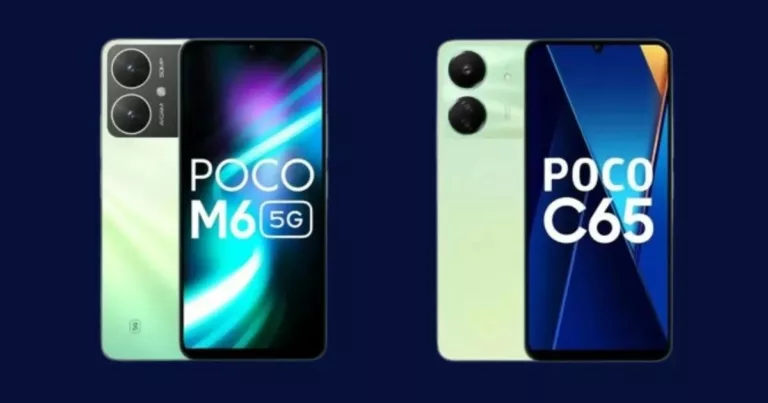The Rise of Voice Assistants: Siri, Google Assistant, and More
The advent of voice assistants has revolutionized the way we interact with technology. From simple voice commands to complex tasks, these intelligent virtual helpers have become an integral part of our daily lives. Among the most well-known voice assistants are Siri, Google Assistant, and a host of others, each offering unique features and capabilities. In this blog post, we will delve into the rise of voice assistants, exploring their evolution, functionality, and their impact on various industries.
I. The Evolution of Voice Assistants.
Voice assistants have come a long way since their inception. Initially, they were basic and struggled to accurately understand human speech. However, advancements in natural language processing (NLP) and machine learning have transformed these virtual assistants into sophisticated conversational agents.
A. Early Days and the Introduction of Siri:
Apple’s Siri, introduced in 2011, was one of the first voice assistants to gain widespread attention. Siri marked a significant shift in human-computer interaction by enabling users to perform tasks using voice commands. It provided a glimpse into the future of voice technology.
B. The Emergence of Google Assistant:
Google Assistant, launched in 2016, brought a new level of intelligence to voice assistants. Leveraging Google’s vast knowledge graph and deep learning algorithms, it offered enhanced contextual understanding and personalized responses. Google Assistant quickly became a formidable competitor to Siri, capturing a significant share of the market.
II. Key Features and Functionalities:
A. Natural Language Processing (NLP) and Speech Recognition:
rely on NLP and speech recognition algorithms to understand user commands. These technologies enable them to interpret spoken language accurately, allowing users to interact with their devices more naturally.
B. Personalized Assistance:
This have the ability to learn and adapt to individual user preferences. They can provide personalized recommendations, reminders, and notifications based on user behavior, location, and past interactions. This personalized touch enhances the user experience and streamlines daily tasks.
C. Integration with Smart Home Devices:
This have seamlessly integrated into the burgeoning smart home ecosystem. Users can control their smart devices, such as thermostats, lights, and security systems, using voice commands. This integration has made homes more connected and convenient.
D. Third-Party App Integration:
Siri, Google Assistant, and other assistants offer integration with a wide range of third-party apps and services. This integration allows users to perform various tasks, such as ordering food, booking rides, checking the weather, or playing music, all through voice commands.
III. Voice Assistants and Industry Impact:
A. Retail and E-commerce:
This have made their way into the retail industry, enhancing the shopping experience for customers. With voice commands, users can browse products, place orders, and track shipments effortlessly. Retailers are also leveraging voice to provide personalized recommendations and offer better customer support.
B. Healthcare:
In the healthcare sector, this have the potential to transform patient care. They can help with appointment scheduling, medication reminders, and even offer basic medical advice. it also hold promise in assisting healthcare providers with dictation, allowing for more efficient documentation and record-keeping.
C. Automotive:
This have found their way into vehicles, revolutionizing the way we interact with in-car systems. Drivers can control various functions, such as navigation, media playback, and climate control, hands-free.it have not only improved convenience but also enhanced safety by reducing driver distractions.
IV. The Future of Voice Assistants:
As technology continues to advance,e that are poised to become even more capable and integral to our lives.
A. Enhanced Contextual Understanding:
Future voice assistants will be able to comprehend complex queries, understand user context, and provide more precise responses.
They will leverage machine learning and AI advancements to become smarter and more intuitive.
B. Multilingual Support:
Voice assistants are expanding their language capabilities to cater to a global audience. They are becoming more adept at understanding and responding in multiple languages, breaking down barriers and fostering inclusivity.
C. Smarter Integration:
Voice assistants will seamlessly integrate with a wider array of devices, including wearables, smart appliances, and Internet of Things (IoT) devices. This integration will enable users to control and manage their surroundings with ease.
Conclusion Rise of Voice Assistants :
The rise of voice assistants, exemplified by Siri, Google Assistant, and other virtual helpers, has transformed the way we interact with technology. From simplifying daily tasks to revolutionizing industries such as retail, healthcare, and automotive, voice assistants have become an indispensable part of our lives. As technology progresses, these intelligent companions will continue to evolve, offering enhanced functionality, personalized assistance, and an even more seamless integration into our daily routines. The future of Assistants is bright, promising a world where our voices become the primary interface with technology.







